Ecoterrazas Sostenibles Project:
A smart approach to reducing noise pollution and improving urban quality of life
Urban noise pollution creates complex challenges that traditional enforcement approaches often fail to resolve effectively. This innovative project demonstrates how technology can foster community collaboration rather than impose restrictions. The result is a scalable model for conflict resolution that balances quality of life with economic vitality.
This use case was implemented in the Ruzafa neighborhood of Valencia, Spain, through a pilot project called "Ecoterrazas Sostenibles" (Sustainable EcoTerraces). The area was experiencing ongoing conflicts due to noise levels consistently exceeding established limits.
The core challenge was finding a balanced approach to managing noise pollution that satisfies multiple, often conflicting, stakeholder groups within the urban community:
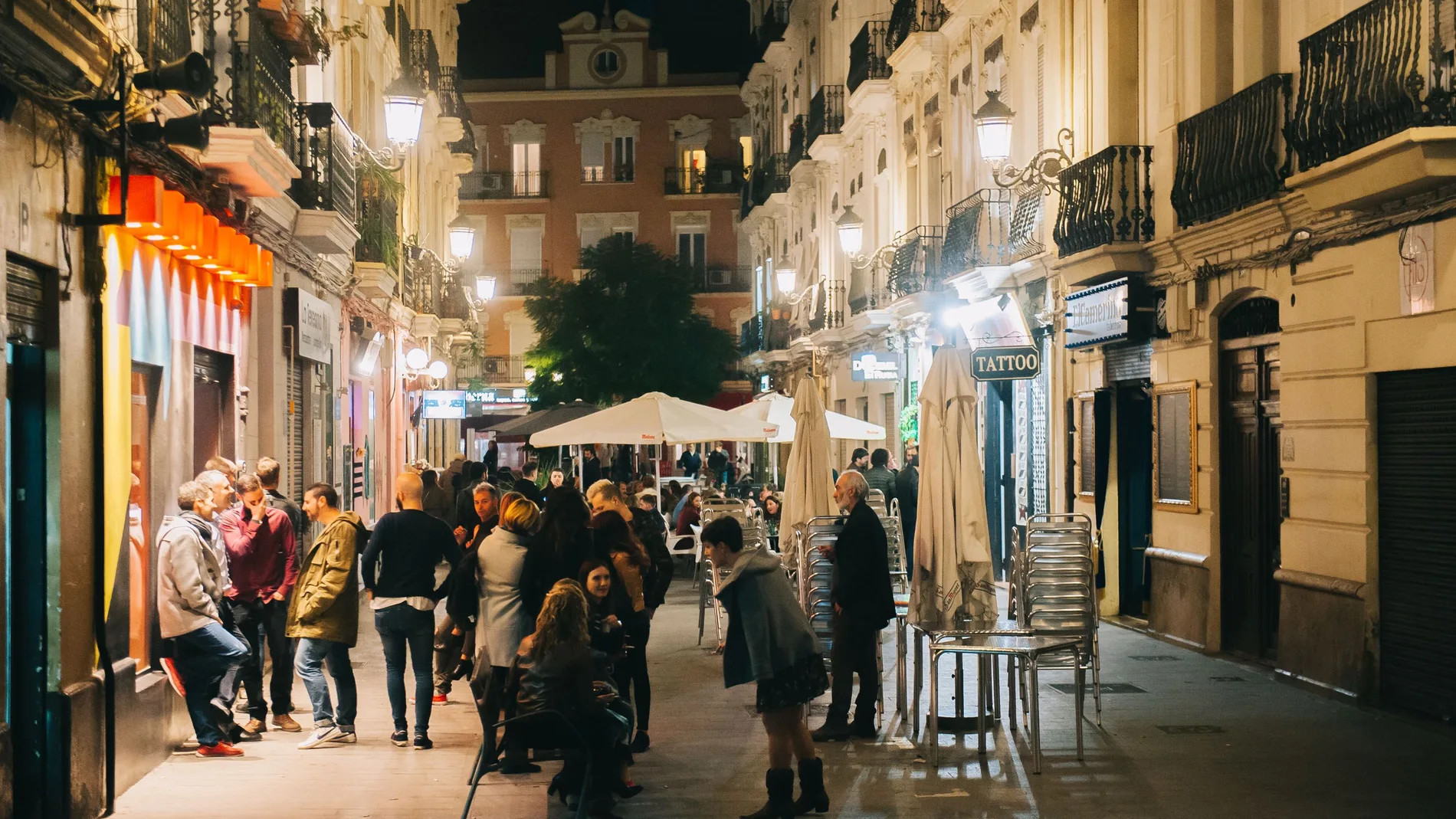
The result of this collaborative effort is a real-time visual noise alert system featuring wireless, battery-powered lamps that serve dual purposes as ambient lighting and noise alert indicators.
A custom version ofwireless LoRaWAN® LED lamps, integrated with strategically placed sensors, illuminate to provide immediate visual feedback when pre-defined noise levels are exceeded. This system instantly alerts restaurant staff and customers, empowering them to take real-time action and fostering a self-regulating community response.
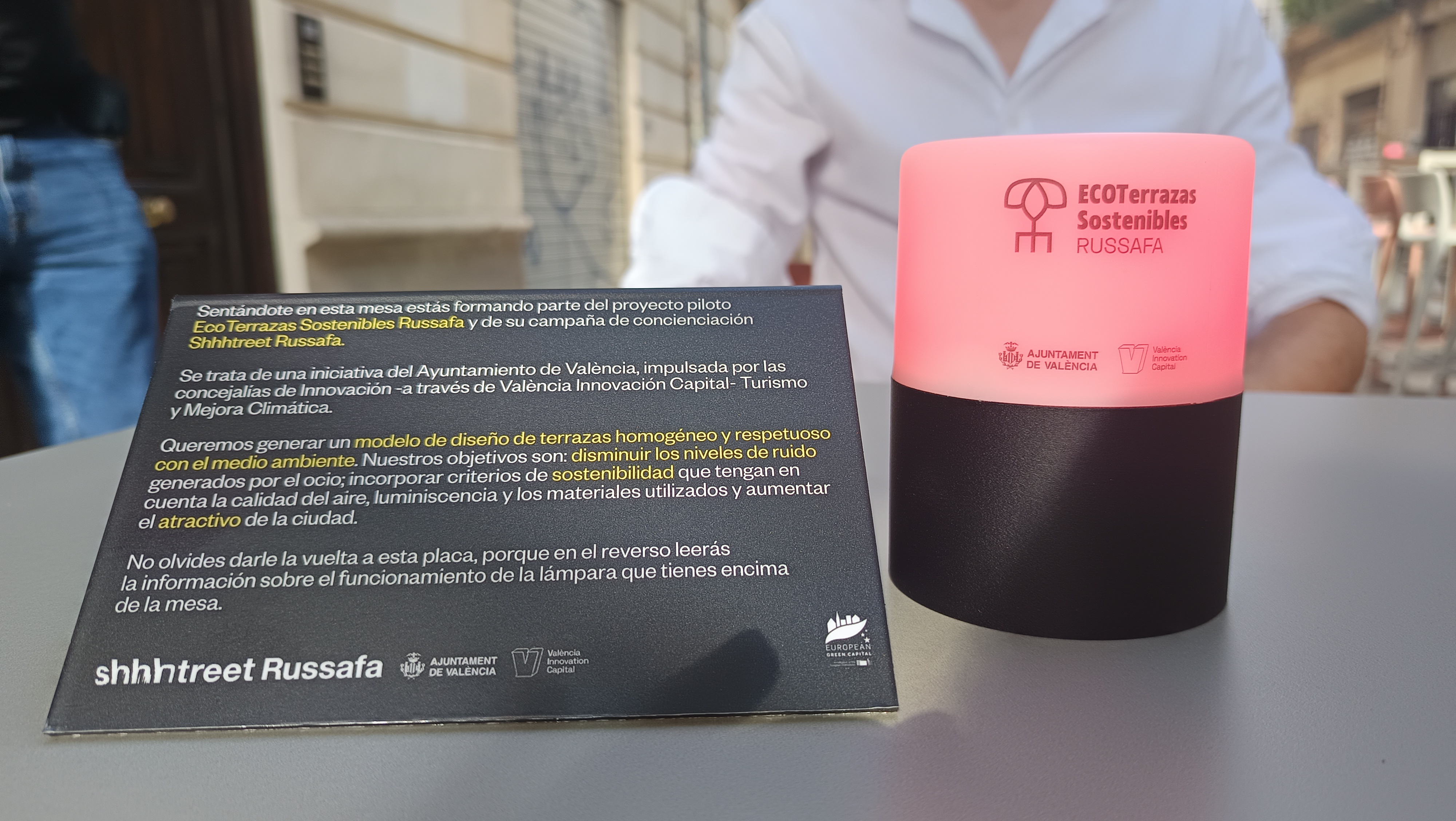
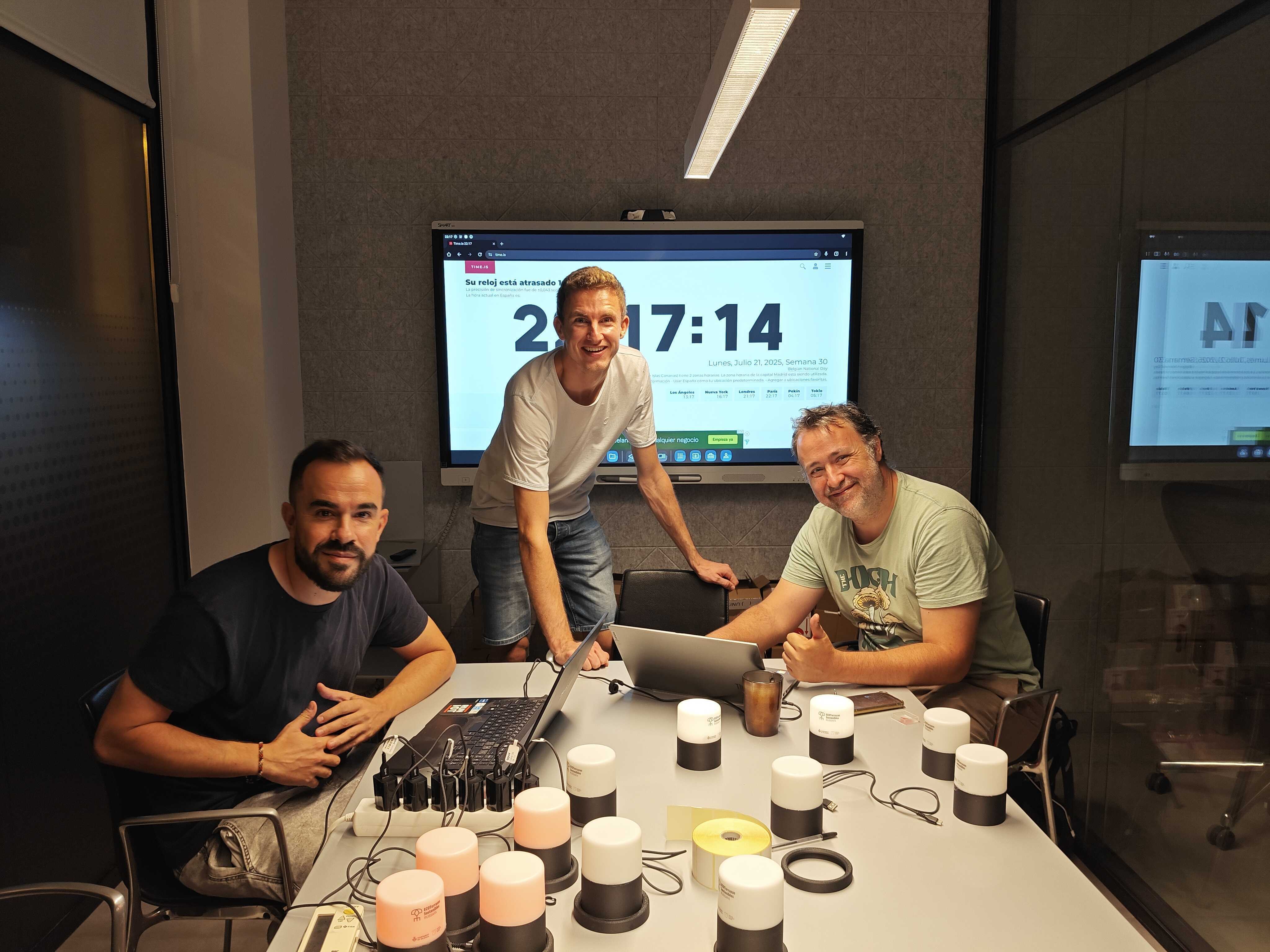
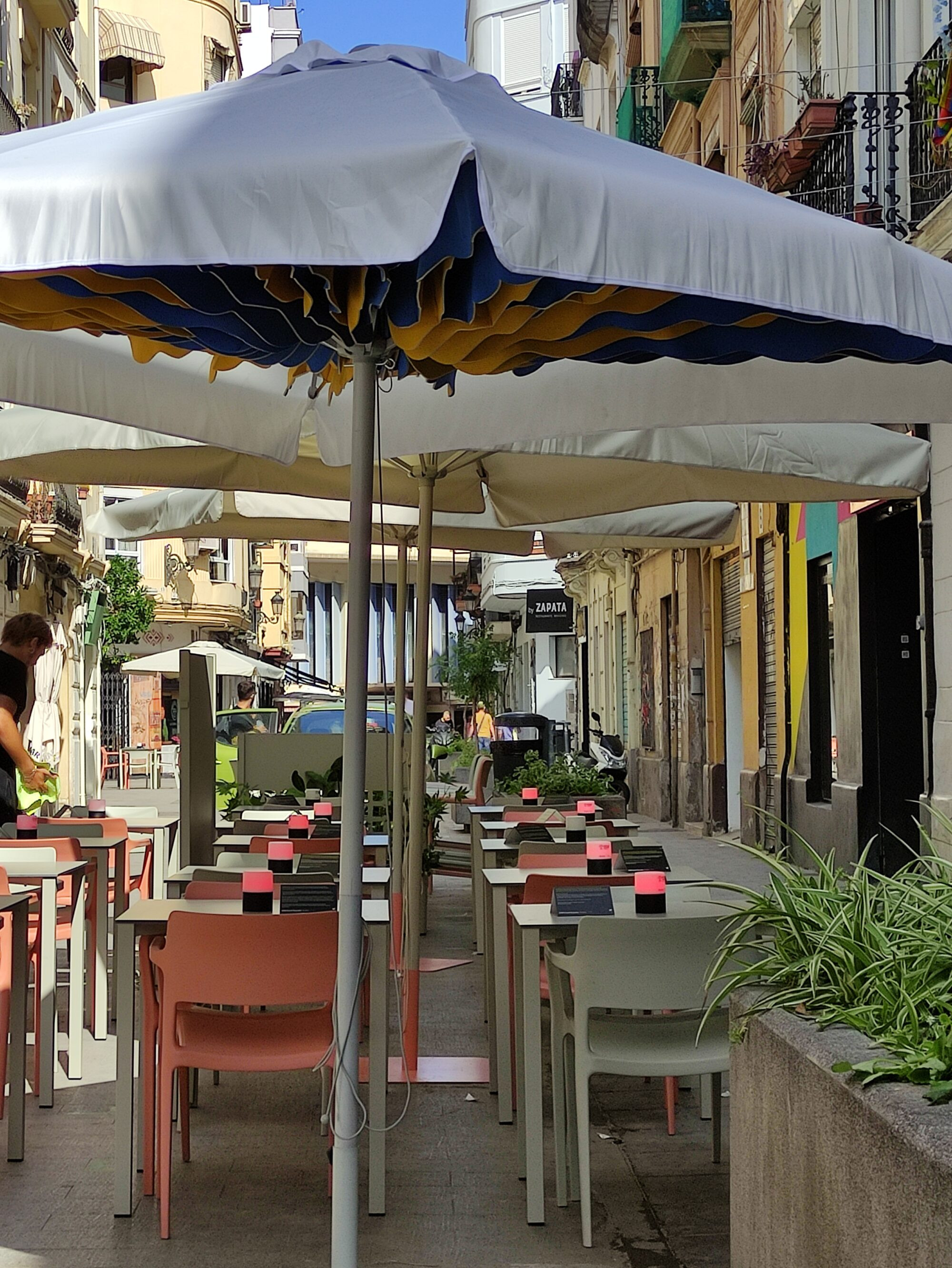
"The success of the Ruzafa Noise Project is a testament to the power of multi-stakeholder collaboration. Our deep partnership with the València City Council, València Innovation Capital, and our technology partners Plenom and Damal Redes, was crucial and very fruitful in developing a solution that is both technologically advanced and socially inclusive."
Robin Wulfes - LORIOT Verso IoT Solutions Lead
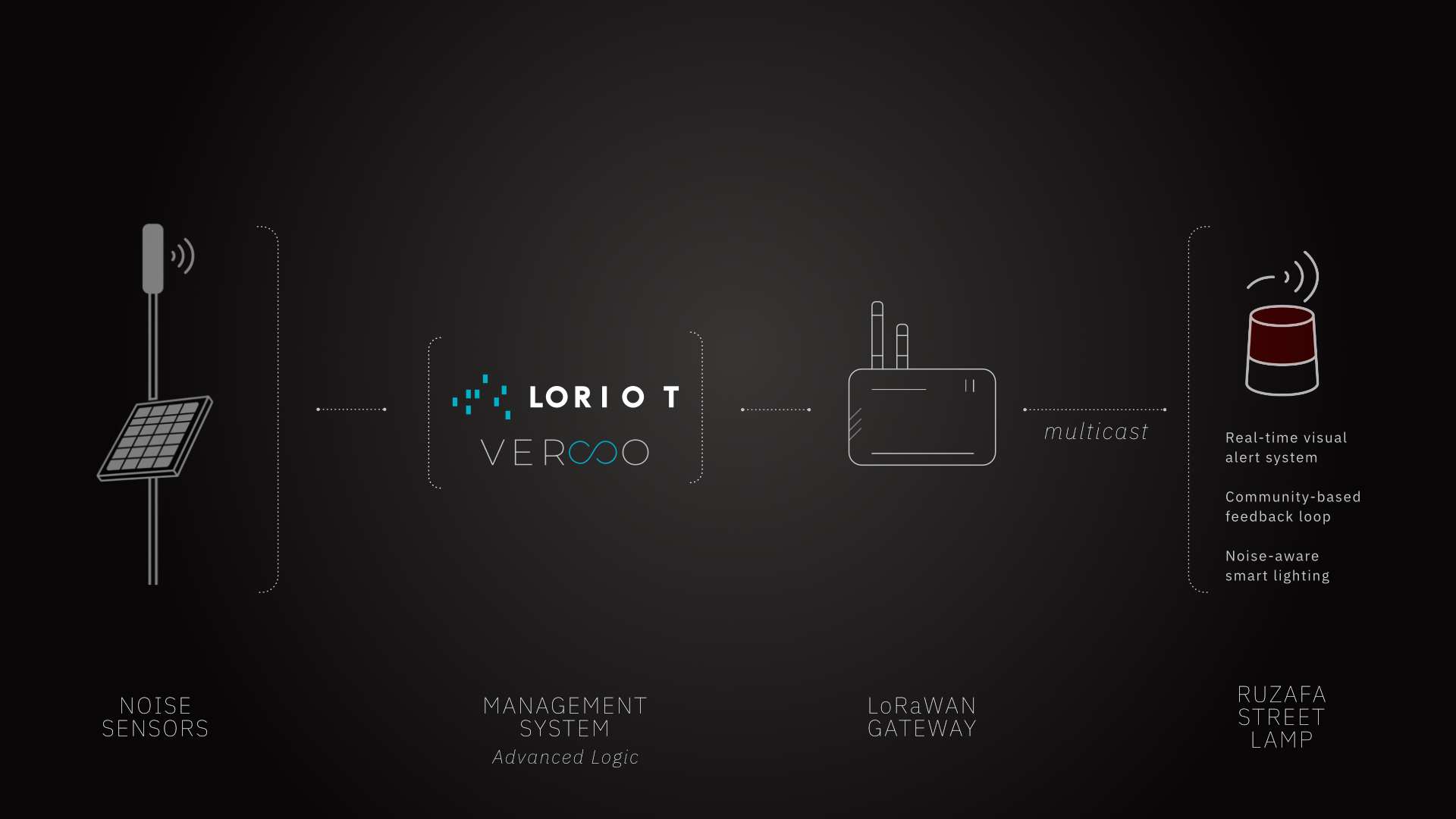
The implementation phase of this noise monitoring project has already revealed the transformative potential of its collaborative approach. The community response has been remarkable; when the smart lamps mark red, there is a visible moment the customers pause and adjust, demonstrating the impact of the solution in the collective awareness of urban environments.
While comprehensive quantitative data will be available by the end of the year, the project has demonstrated significant qualitative achievements:
"This pilot is pioneering. The Ruzafa neighborhood is a perfect laboratory for testing this initiative that seeks a new model for urban terraces—more sustainable and friendly—that can also be extrapolated to other parts of the city, or even serve as a model for other urban areas. This pilot also brings us closer to other examples we see in other European cities."
Paula Llobet - , Councilor for Innovation and Tourism, City of Valencia
This solution contributes to achieving three of the United Nations' seventeen Sustainable Development Goals (SDGs).








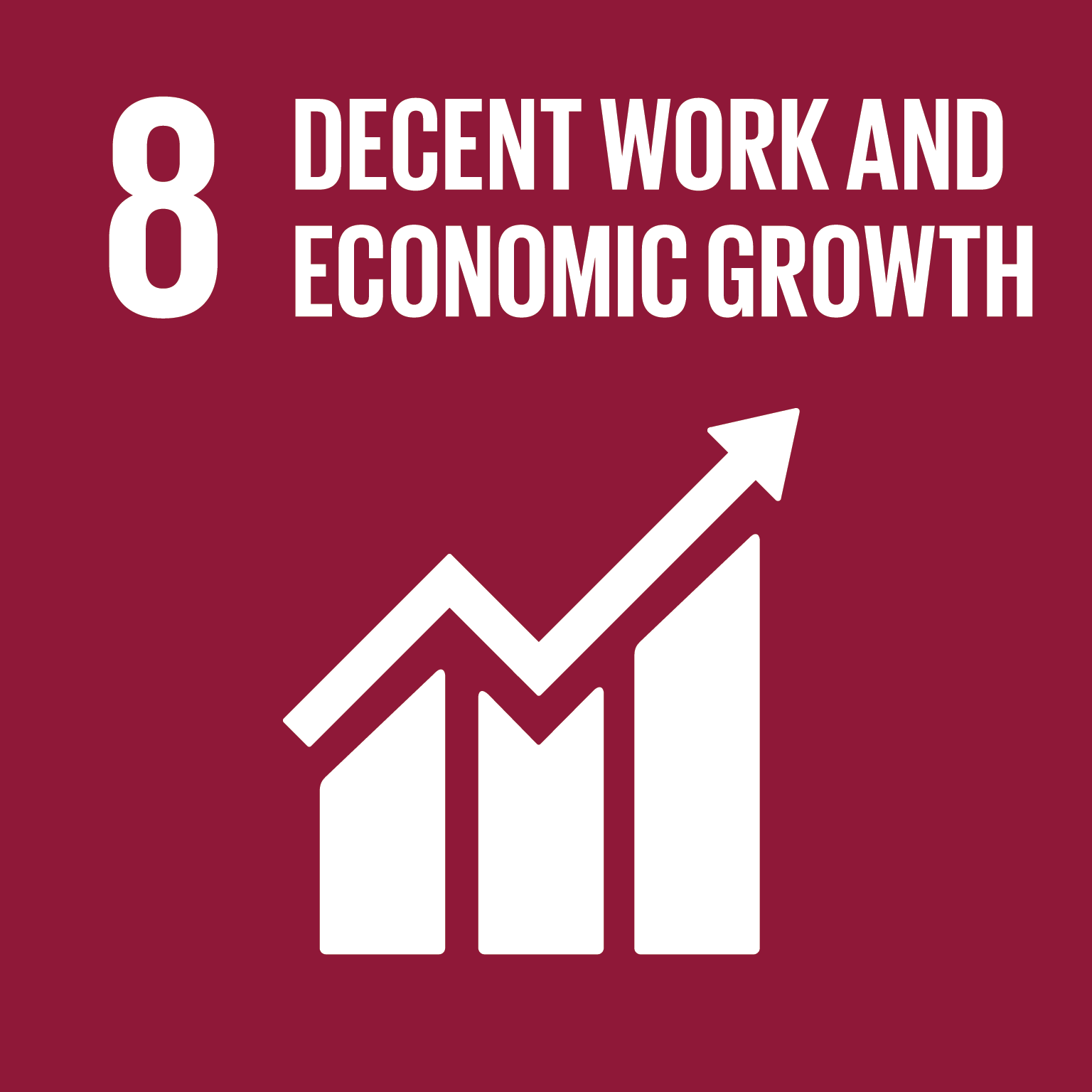
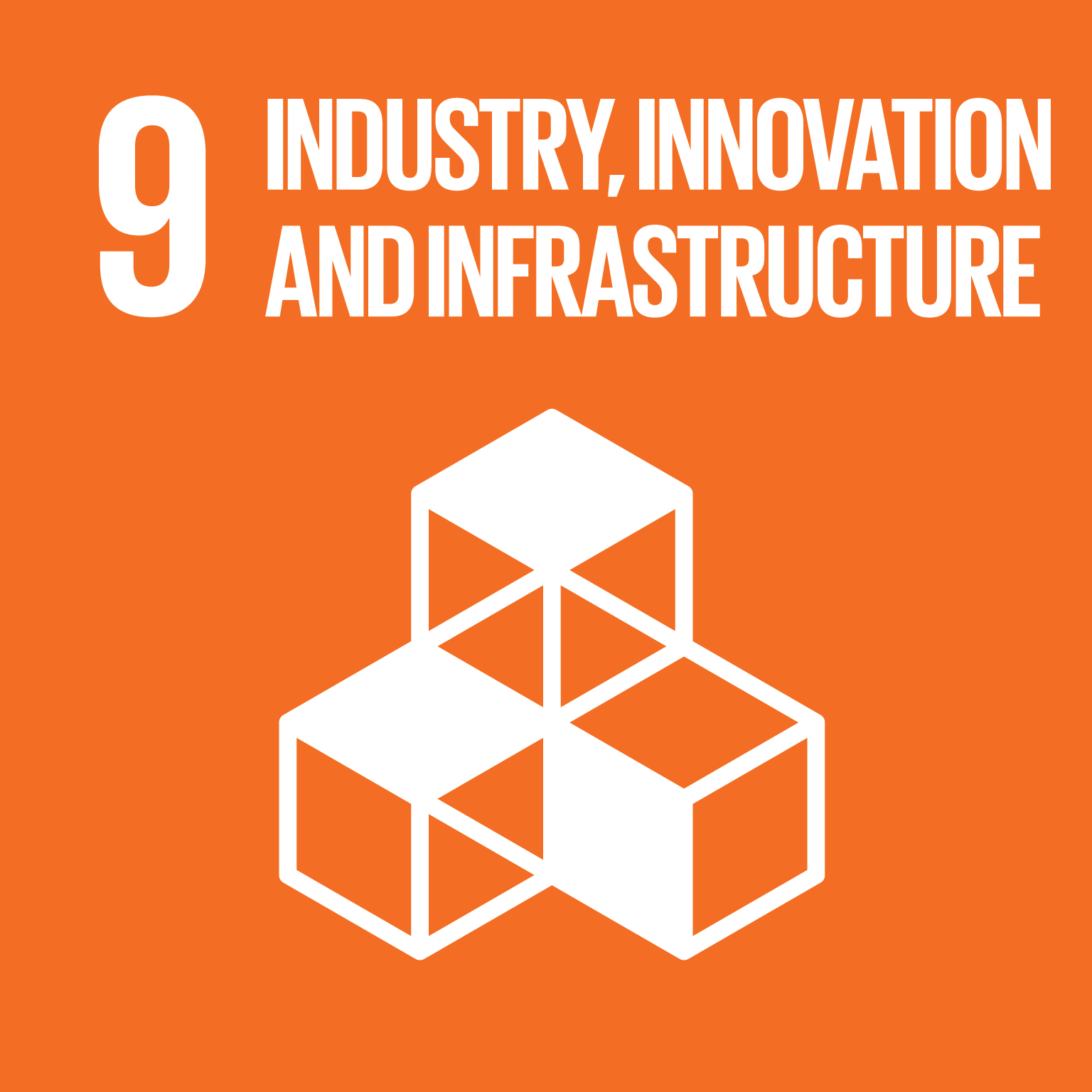








This project represents just the beginning of a promising initiative that demonstrates how IoT technology can serve the community well in ways that are both easily understandable and inherently collaborative.
By making complex urban challenges tangible through simple visual feedback, we're showing how smart city solutions can be accessible to everyone, regardless of their technical background.
LORIOT Verso is the IoT Vertical Solutions division focused on Environmental Monitoring and Disaster Prevention.
It provides end-to-end solutions for real-time data collection on climate, weather, soil, water, and air, helping predict and manage natural hazards like floods, fires, and droughts. Using high-tech sensors and long-range, low-power networks (LPWAN), it ensures scalable, sustainable, and secure data transmission from even remote areas. The platform enables interactive visualizations and decision-making tools to help mitigate environmental risks and damages. More details can be found here.